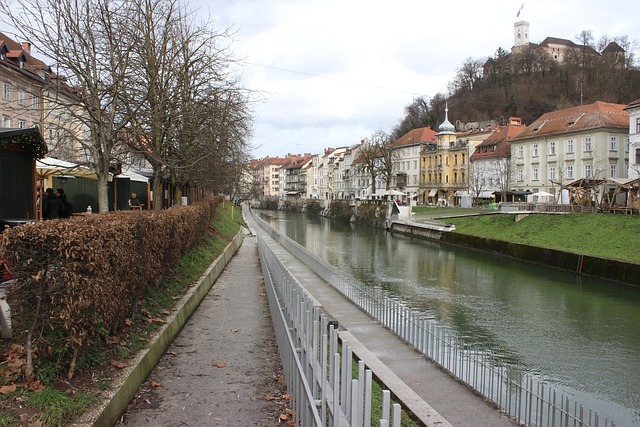Karachi's Amil Colony, despite its vibrant cultural mix, faces unique road challenges with uneven pavement and inadequate signage, especially during peak hours. Monsoon weather exacerbates issues, turning roads into mud pits. Lack of proper drainage, street lighting, and defined footpaths endangers pedestrians and vehicles. However, a collaborative effort between local authorities and community leaders is transforming these conditions through improved signage, lighting, and road maintenance, setting a positive example for urban development in Karachi.
“Karachi’s Amil Colony faces unique challenges presented by its road conditions, particularly unpaved routes causing concerns for residents. This comprehensive overview explores the complex landscape of the area’s roads, delving into the issues and potential solutions. From identifying critical infrastructure deficits to highlighting community initiatives, this article offers a detailed look at enhancing connectivity and safety measures in Amil Colony. Understanding these challenges is key to transforming Karachi’s road network.”
- Understanding Road Conditions in Karachi's Amil Colony: A Comprehensive Overview
- Challenges and Concerns: Unpaved Roads and Infrastructure Deficits
- Initiatives and Solutions: Enhancing Connectivity and Safety Measures in Amil Colony
Understanding Road Conditions in Karachi's Amil Colony: A Comprehensive Overview

Karachi’s Amil Colony, a vibrant and bustling area, is known for its diverse communities and rich cultural heritage. However, understanding the road conditions here is essential for both residents and visitors alike. The colony boasts a network of narrow and winding roads, which, while characteristic of many Karachi neighborhoods, can pose unique challenges. These routes are often densely populated with vehicles, pedestrians, and street vendors, creating a labyrinthine maze that requires careful navigation during peak hours.
The road infrastructure in Amil Colony is characterized by both old and new developments. Some streets are well-maintained, featuring smooth asphalt surfaces and adequate drainage systems, facilitating efficient traffic flow. Conversely, other areas struggle with potholes, uneven pavement, and inadequate signage, leading to slower travel times and increased risk of vehicle damage. Local authorities have been working on improving these conditions through various initiatives, but challenges remain, especially in areas with high pedestrian activity and dense population densities.
Challenges and Concerns: Unpaved Roads and Infrastructure Deficits

The road conditions in Amil Colony, Karachi, present a unique set of challenges and concerns, particularly with regard to unpaved roads and infrastructure deficits. The lack of proper paving and maintenance has led to several issues for residents and visitors alike. During the monsoon season, these unpaved roads turn into muddy quagmires, making travel difficult and hazardous, especially for vehicles with low ground clearance. This not only causes inconvenience but also poses safety risks, leading to increased accidents and damage to vehicles.
Moreover, the infrastructure deficits extend beyond road conditions. Lack of proper drainage systems results in water logging during heavy rains, while inadequate street lighting makes navigating these roads at night a daunting task. The absence of well-defined footpaths and missing street signs further complicate matters for pedestrians. These issues not only affect daily commutes but also deter potential investors and businesses from establishing themselves in the area, hindering the overall development and progress of Amil Colony, Karachi.
Initiatives and Solutions: Enhancing Connectivity and Safety Measures in Amil Colony

In Karachi’s Amil Colony, initiatives are underway to transform road conditions and enhance overall connectivity and safety. Local authorities and community leaders have collaborated to implement innovative solutions, addressing long-standing issues plaguing the area’s roads. One key focus is improving street signage and lighting, making it safer for residents and visitors alike to navigate the streets at all hours.
Additionally, efforts are being made to better maintain and repair road surfaces, reducing potholes and ensuring smoother travel. These initiatives not only improve mobility but also contribute to a more secure environment for pedestrians and vehicles. By prioritizing these enhancements, Amil Colony is setting an example for other areas in Karachi, demonstrating the positive impact of community-led initiatives on urban infrastructure development.
The road conditions in Karachi’s Amil Colony present unique challenges, notably unpaved roads and inadequate infrastructure. However, ongoing initiatives to enhance connectivity and safety measures offer hope for a brighter future. By addressing these issues, the community can foster smoother transportation, improve accessibility, and ultimately contribute to the overall development of the region, making Karachi a more vibrant and livable city.
